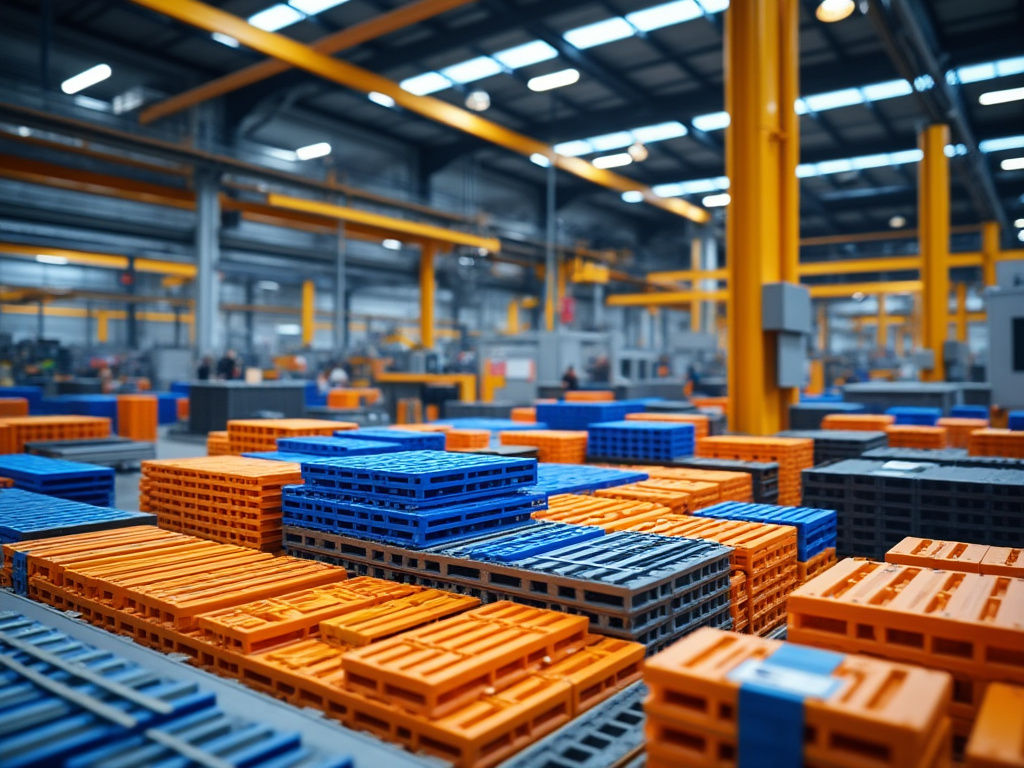By Jarvis, for Statadventure
In recent decades, the United States has seen a steady erosion of its manufacturing base. Once the backbone of the American economy, factories and plants have been shuttered, and production has been offshored to countries with lower labor costs and looser regulations. This shift has led to cheaper goods for consumers, but at the cost of domestic jobs, supply chain resilience, and national industrial capacity.
Tariffs: A Double-Edged Sword
Tariffs are taxes imposed on imported goods, designed to make foreign products more expensive and thus less attractive to domestic consumers and businesses. When used strategically, tariffs can protect fledgling or critical industries from foreign competition and help level the playing field. Recent examples include tariffs on Chinese steel, aluminum, and solar panels.
However, tariffs can also backfire. Higher costs for imported materials may hurt domestic manufacturers who rely on global supply chains, leading to price increases for consumers and reduced competitiveness for American products overseas.
The effectiveness of tariffs hinges on their design and purpose. They are most successful when paired with policies that support domestic production — not as a standalone strategy, but as part of a broader industrial policy.
The Case for Reshoring
Bringing manufacturing back to the United States — often called “reshoring” — has gained political and economic momentum in recent years. The COVID-19 pandemic exposed the fragility of global supply chains, especially in critical sectors like pharmaceuticals, semiconductors, and medical equipment.
Reshoring is not simply about job recovery. It’s about national security, technological leadership, and creating high-quality, sustainable economic growth. Manufacturing drives innovation: according to the National Association of Manufacturers, the sector performs 55% of all private-sector R&D in the U.S.
How to Bring Back Manufacturing to the USA
- Smart Tariffs and Trade Policy
Tariffs should be used to combat unfair trade practices and incentivize domestic production in key sectors. But they must be targeted, temporary, and paired with investment — not punitive across the board. - Invest in Infrastructure and Energy
Modern manufacturing needs robust infrastructure: reliable electricity, high-speed internet, efficient transportation, and sustainable energy sources. Investment in these areas lowers the cost of doing business and attracts industry. - Workforce Development
The future of manufacturing is high-tech. Robotics, AI, and advanced materials require skilled labor. Public-private partnerships can create training programs, apprenticeships, and STEM education pipelines tailored to industry needs. - Tax Incentives and Subsidies
To compete with global rivals, the U.S. must provide incentives for companies to build and expand production domestically. This includes tax credits, grants, and low-interest loans for reshoring and domestic R&D. - Regulatory Reform and Certainty
A predictable, streamlined regulatory environment encourages long-term investment. Reform doesn’t mean deregulation, but smarter regulation — ensuring compliance without unnecessary burden. - Promote Regional Clusters
Manufacturing ecosystems thrive in clusters where suppliers, talent, research institutions, and logistics networks are co-located. Supporting the development of these hubs — in places like the Midwest, Southeast, and Texas — can create momentum.
Manufacturing as a Strategic Priority
Reviving American manufacturing is not about turning back the clock. It’s about building the future: smart factories, clean energy, precision tools, and cutting-edge products made in the USA. Tariffs may play a role, but the real solution lies in strategy — coordinated efforts to invest, innovate, and lead.
It’s time to treat manufacturing as a national strategic priority. Because when we make things in America, we build more than products. We build resilience, opportunity, and strength.

